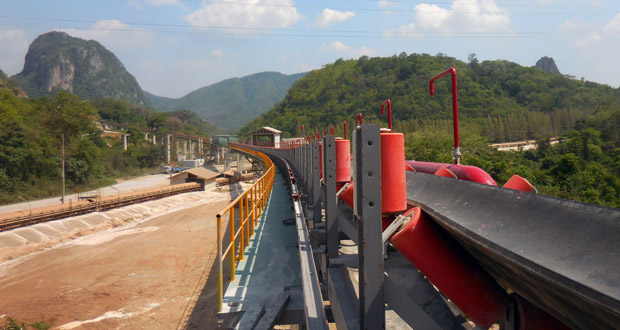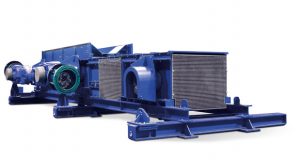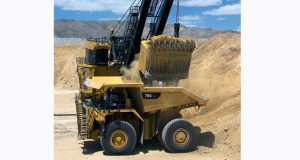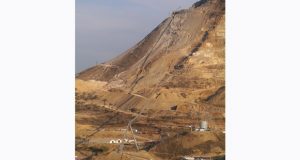The BEUMER Group, Beckum/Germany, uses its newly created Conveying & Loading Systems (CL Systems) division to develop and implement complex system solutions throughout the world for different industries, such as mining and the cement industry. The team is made up of experienced staff from the branches distributed around the world who work together on the projects. What they all have in common is that they understand the user, which means that they can develop tailor-made solutions. This is demonstrated by three impressive completed projects.
TPI Polene Public Company Ltd.
The operators for whom BEUMER has successfully commissioned conveying plants includes the TPI Polene Public Company Ltd. The third largest cement producer in Thailand uses this complex system solution to transport crushed limestone from the quarry to the blending bed. The challenge in designing laid in the nature of the ground between the quarry and the cement plant. It was exceptionally demanding not only for numerous obstacles but also for a steep downhill section of the conveyor. The team designed a complex, but above all cost-effective, integrated system comprising a total of eight belt conveyors covering a distance of 6,129 m (Figure 1). BEUMER also supplied a PLC plant control system, transfer stations, filter systems and foreign body collectors.
The system is designed for a conveying capacity of 2,200 t/h. The key items in the limestone transport system are two downhill belt conveyors operating in the generator mode followed by a troughed belt conveyor with horizontal curves. The material passes from the crusher discharge belt the first two troughed belt conveyors. The material is then transferred to a long overland conveyor with a speed of 4.5 m/s by an accelerator belt with a speed of 2.6 m/s. Three more conveyors finally transport the material to the blending bed. One particular feature of the downhill conveyors is their power generation. With a total of 640 kW/h generated energy that is fed into the power grid they make a substantial contribution to the cost-effective operation of the overall system.
BEUMER supplied four further belt systems with a total length of 989 m to deal with the discharge from the blending bed and supply the material to the raw mill feed hopper. The conveyors were all built and installed in only eleven months. The commissioning phase, lasting three months, was followed by performance tests.
Cong Thanh
Cong Thanh, the Vietnamese cement producer, also relies on the system solution expertise of the BEUMER Group for transporting crushed limestone from the quarry to the blending bed. The CL team discussed the various technical options intensively in a joint workshop held with the producer. Various routes were worked out and compared on the basis of the narrow terrain that was available. One conveyor section that drops steeply in some places with numerous obstacles in the terrain and seven road crossings was particularly challenging.
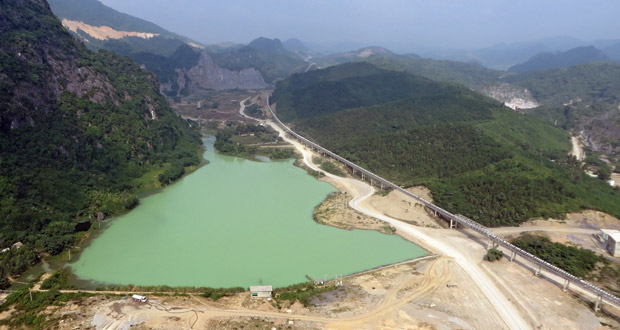
Fig. 2. BEUMER managed to route the conveyor along a very narrow stretch of land in Vietnam for the cement producer Cong Thanh. // Bild 2. In Vietnam realisierte BEUMER für den Zementhersteller Cong Thanhden Routenverlauf auf einem sehr schmalen Landstrich. Photo/Foto: BEUMER
A total system consisting of four conveyors with a combined length of 3.5 km is now in use (Figure 2), BEUMER also supplied a PLC plant control system. The main component is an overland conveyor with three horizontal curves and a total drive rating of 600 kW. It is designed for a continuous conveying capacity of 2,200 t/h.
The heaped material is transported in trucks from the quarry face to the crusher. The limestone that has been pre-crushed to less than 100 mm is then transferred by discharge conveyors to an accelerator belt that feeds the long belt conveyor.
The troughed belt conveyor for downhill transport is 1 m wide, with a distance between centres of 3,200 m, and drops 70 m. The conveying speed is 4.5 m/s. The low operating costs are a special feature. Due to the downhill section the operation of the fully loaded conveyor is virtually energy-neutral. Its consumption during continuous operation is less than 200 kW, which means that not even 0.1 kW is required per tonne of transported material.
Sinoma International Engineering Co. Ltd.
The CL Systems division of the BEUMER Group has also been very successful in Indonesia. The plant construction company Sinoma International Engineering Co. Ltd. was awarded the contract by the Indonesian end customer, Cemindo Gemilang, to supply a turn-key cement plant to Java. It should reach a daily clinker production of 10,000 t. Sinoma commissioned BEUMER with the design and supply of an overland conveyor between the quarry and the plant.
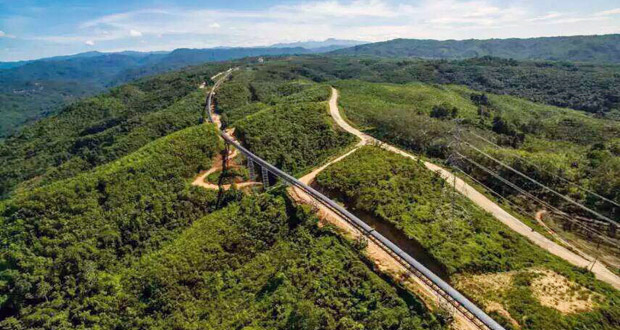
Fig. 3. The route of the overland conveyor for the end customer, Cemindo Gemilang, passes through the middle of the rain forest. // Bild 3. Der Verlauf des Overland-Conveyors für den Endkunden Cemindo Gemilang führt mitten durch den Regenwald. Photo/Foto: BEUMER
The challenges in this project were not only the demanding topographical routing but also the rainforest. Joint discussions were held between the BEUMER team, Sinoma and the end customer. The team worked out various routes and compared them. The entire system now comprises six conveying plants with a total of length of 7.6 km (Figure 3). BEUMER also supplied acceleration and discharge conveyors and a PLC plant control system.
The system is designed for a maximum continuous conveying capacity of 3,000 t/h. The main component is a 7.4 km long overland conveyor. Upstream of this troughed belt conveyor is an intermediate hopper with a capacity of about 120 t. The material passes from this hopper via a variable-speed discharge conveyor to a downstream acceleration belt with a speed of 4 m/s that feeds the overland conveyor. This controlled loading system ensures cost-effective operation of the plant, especially during the start-up phase. It also has a favourable effect in the dimensioning of drive components and the belt, and reduces the operating costs.
The troughed belt conveyor has a width of 1,200 mm and a distance between centres of 7,381 m. One tail drive and two head drives are installed, each with a rating of 545 kW. The plant conveys the material at a speed of 5 m/s and negotiates a height difference of minus 188 m.
The conveying system also runs past villages and for long sections passes through rainforest that deserves to be protected. The CL Systems team has taken numerous design measures to reduce the noise impact on people and animals, e. g. low noise idler rollers and appropriately dimensioned protective hoods at the drive station. The construction time lasted only one year.
Further information/Weitere Informationen:
BEUMER Group GmbH & Co. KG
www.beumergroup.com
